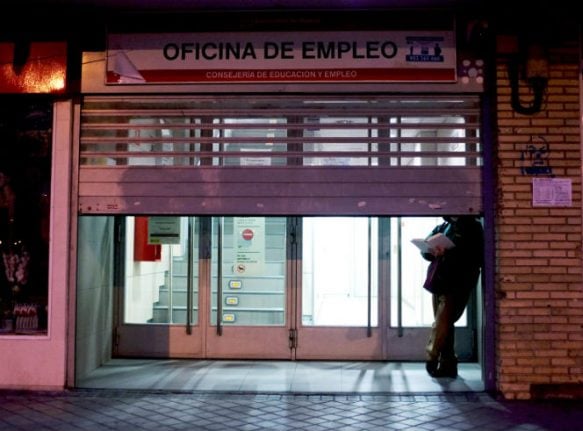Unemployment from January to March 2017 stood at 18.7 percent, the national statistics institute INE reported.
This represents a slight increase from the previous quarter when the jobless rate came in at 18.6 percent after having dropped continuously since the first three months of 2016.
At the end of March this year, Spain counted 4.25 million people without employment, the INE said, adding that the services sector — and to a lesser extent industrial jobs — had been particularly hard hit.
The services sector, which includes hotel and restaurant trade, saw 105,000 more people out of a job in the first quarter, it added.
Spain's tourism sector is a major engine for growth in the country, but it depends on seasonality and short-term contracts.
This year, Easter week – a major holiday in Spain that generates many jobs – fell later than previous years and was not included in the first quarter.
According to the INE, over a quarter of all jobs were short-term in the first quarter, while more than 15 percent were part-time.
The Eurostat statistics agency says Spain is the country with most short-term contracts in the European Union — a situation that critics say has created instability for many people who go from one contract to another, including highly specialised professionals like surgeons.
And while unemployment has gradually dropped from a high of close to 27 percent at the beginning of 2013 when the economic crisis raged, it is still twice the eurozone average and remains the second highest rate in the European Union after Greece.
The unemployment rate among young people aged 19 to 25, meanwhile, remains high at 38.3 percent.



 Please whitelist us to continue reading.
Please whitelist us to continue reading.